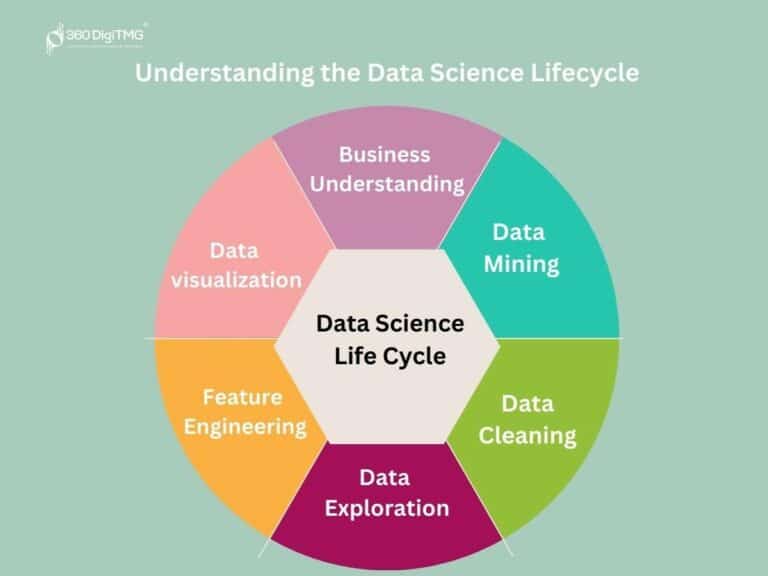Engineers have always had an important role to play in the development of modern society. But as the world continues to change and evolve, engineers have become increasingly important in shaping how we live and work. In fact, a growing number of industries are relying on engineering innovation more than ever before in order to stay competitive—from manufacturing to healthcare and beyond. Here are some ways technology is making engineering even more efficient:
Engineered systems are simplifying complex processes
When it comes to engineering, there are a number of ways that technology is changing the industry for the better. This can be seen in an increase in efficiency, safety and reliability. It also means an improvement in quality and reduced costs.
When you consider the complexity of many systems being used today, this is good news for engineers because they now have more control over their designs than ever before. For example, take microchips: they’re made up of millions of interconnected parts that need to work together seamlessly (or else). Microchip manufacturers have access to some incredible design tools that allow them to test all possible combinations before they manufacture anything – meaning less waste and quicker time-to-market.
Robotics and AI are taking over repetitive tasks
Engineering robots and artificial intelligence are already taking over repetitive tasks in engineering, freeing engineers to focus on more creative projects. For example, a machine can design an entire building from scratch with the help of a human designer; this would allow engineers to concentrate on complex problems like climate change instead of spending their time drafting plans for buildings that are relatively simple in design.
The implications for society are also great—engineers will be able to spend more time with family and friends due to the fact that robots and AI will be able to do most of their work for them.
3D printing is revolutionizing the manufacturing process
Engineering and manufacturing are forever intertwined. Engineers design products, which then go through the manufacturing process. But what if you could improve the design of a product before it even goes into production? That’s exactly what 3D printing allows for: it makes it easier for engineers to create prototypes, test those prototypes in real-world situations, and get feedback from consumers before committing the time and money needed for mass production.
3D printing is also making it possible to produce small batches of high-quality goods without having to make larger orders from manufacturers overseas or in other countries. This helps companies make more profit by cutting out unnecessary middlemen who take a cut of every sale as well as reducing shipping costs involved with transporting finished goods around the world.
It also means that individual consumers will be able to customize their purchases without having them manufactured elsewhere: instead of ordering one pair of shoes online and getting them shipped directly from China (or wherever else), you could download files containing instructions on how they’re made locally so that they’re ready when you arrive at home.
Cloud computing is improving communication
Cloud computing, also called cloud storage and cloud computing services, is a way for companies to store and access their data in the “cloud.” Cloud computing allows engineers to share information with clients and colleagues more easily than ever before.
As an engineer, you can use this new technology to share designs with other engineers from different parts of the world or even different offices within your company. This way you can collaborate on projects like never before.
Continuous data collection improves decision-making
Continuous data collection has enabled engineers to improve their decision-making. Data can be collected from sensors and devices, processed in real-time, and analyzed for insights about the state of equipment and processes. This continuous process helps companies make faster decisions, which in turn leads to improved production efficiency.
Data can also be used to predict future events with greater accuracy. If an engineer knows that a certain process will fail after so many hours or cycles have passed, they can take action accordingly before it happens (like replacing parts before they break). This allows engineers to make more informed decisions when planning maintenance schedules, which reduces downtime on the production floor – saving time and money.
Conclusion
As one of the most rapidly evolving industries, engineering has seen a lot of change in recent years. One of the most significant changes that are happening is how technology has made engineers more efficient. Engineers are able to work faster and smarter than ever before thanks to modern computer software and hardware, which allow them to make rapid progress on projects in a fraction of the time it would take otherwise. This has led to increased productivity and efficiency overall—and it doesn’t look like this trend will be slowing down anytime soon.












